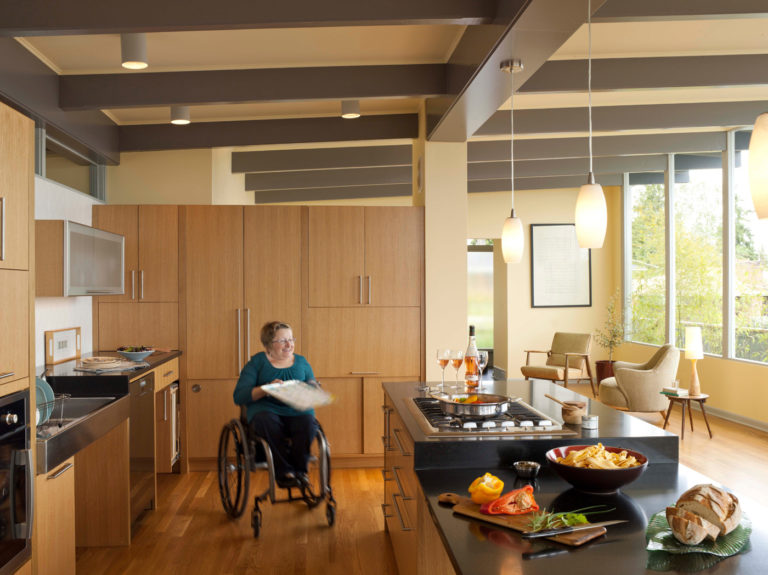Health and safety should be incorporated into any build — but a ‘safety first’ approach is even more crucial in properties adapted for disabled residents.
It’s unlikely that anything unforeseen will ever occur at your property, but accidents do happen, and disabled guests will probably not be able to make their escape from danger as fast as able-bodied clients.
If you’re refurbishing real estate so that it’s accessible for this clientele, you’ll naturally have to work on improving the inside as well as the outside and meet the legal standards to rent it out to members of the public or organised groups. Here are three top tips to get started.
Fire safety
You’ll need plenty of smoke alarms in your property, but these can also be complemented by devices like ceiling-mounted pull units that generate emergency calls. And you’ll need to develop a Personal Emergency Evacuation Plan (PEEP) that includes special arrangements for disabled guests.
Your interior can also include refuge spaces where guests can safely wait for assistance, and although lifts are usually prohibited during fires, evacuation lifts specially designed for the circumstances can be used.
But fire doors can also present problems — they should never be too heavy for disabled guests to open on their own, so self-closing mechanisms need to be properly adjusted.
Bathrooms
Sticking to the elemental theme, water presents another risk, but naturally you want your disabled guests to use baths and showers as freely and frequently as they desire.
There are a number of shower adaptations that can be made — ensuring access to the enclosure is flush with the floor level is one option, or another is a wet floor shower where the whole room is at the same level and a vinyl cover is installed to provide grip.
But the devil is in the detail — as well as railings and reinforced steel sections, neoprene compressible thresholds allow wheelchair users to shower safely while their chairs are secured.
In terms of unwanted water entering from the property’s exterior, if you’re close to a riverbank that’s prone to flooding, you’ll need to take extra preventative measures to keep clients safe.
Decorations and displays
You don’t want your elegant interior décor to become dangerous for guests — so try not to place heavy ornaments on high ledges. Guests in wheelchairs won’t get the same aesthetic benefits if they’re at that level and, should they fall, the impact could be devastating.
And door mats can be decorative, but ensure their edges are angled for easy access and they’re not thick enough to trip guests.
Meanwhile, if you’re hanging an attractive heavy object form the ceiling, be sure to use steel superclamps to secure it — reliable suppliers can ship you a system that supports as much as 30kg.
You accommodation can be attractive and safe — decoration simply requires more forethought.
So there are three top tips for health and safety in adapted properties. Adopt them today and your guests will be safe as houses.
What’s your safety tip for adapted buildings? Share it in the comments section.



